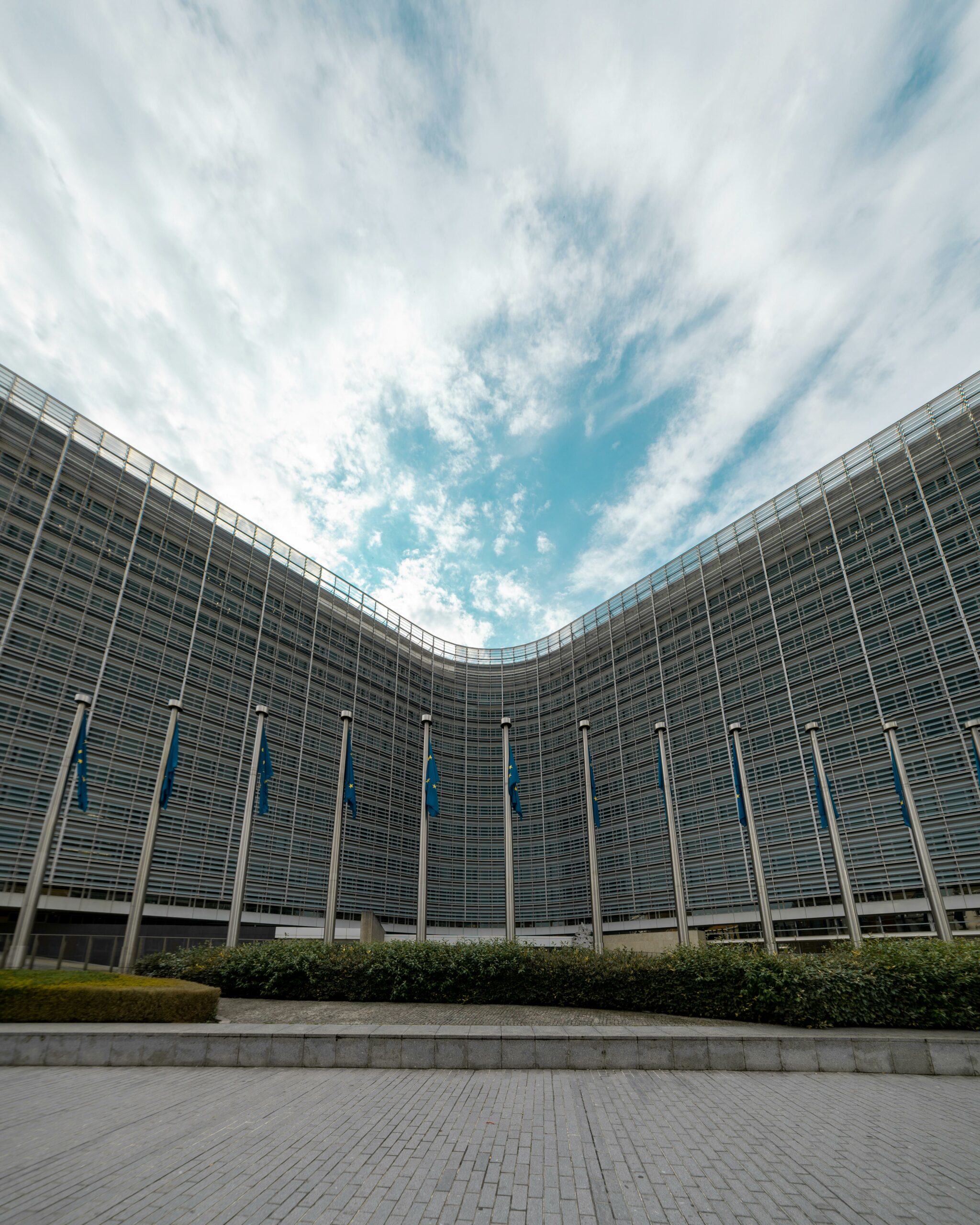2020 is the delivery decade. Countdown is on for all of us to accelerate on transformations and impact and adapt economy and businesses to the triple social, environmental and digital revolutions underway. We’ve worked extensively with Fortune 500 companies to develop sustainability strategies for decades. In face of the challenge ahead, and for companies to define trusted and meaningful sustainability strategies, we’re sharing tips in this article.
2020+ Is the “Delivery Decade”
Climate action. Water stress. Biodiversity depletion. Human Rights. Inequalities… The 2020’s are called the “delivery decade”, where amplification of action is needed to meet Agenda 2030, and enable our societies to adapt to the major disruptive environmental, social and digital revolutions underway. As part of this global journey, stakeholders have huge expectations from corporations. Stakeholders clearly expect to see strong trusted corporate contribution connecting business with Sustainable Development Goals.
In response, corporate sustainability strategies embarking companies in 2020+ targets must show clear pathway building on lessons learned from performance to date to accelerate and demonstrate trusted capacity to seriously contribute to the broad 2030 Global Goals
“Companies are facing a complex triple environmental, social and digital revolution. Massive transformation is needed. Sustainability strategies will be trusted and pertinent only if actively driving bold and radical disruption in the way business operates and generates long term value for clients and other stakeholders”
6 Tips to Define and Deploy Sustainability Strategies Aligned With Delivery Decade Expectations
The development of a pertinent sustainability strategy needs to embark company on the long term, and contribute to aligning business strategy and operations with market positions for the years to come. Here are 6 tips to flesh out a sustainability strategy accordingly.
1. Purpose. Identify Clearly Why and How Sustainability Matters to the Business
A materiality exercice exploring relative importance of extra financial issues to address stakeholder expectations, and support business performance, is a good way to kick off the process. A materiality provides a methodological approach to build alignment, and explore clearly why and how a variety of extra financial issues ranging from environment, social, ethical, social or broader human right perspective can have an impact on business success. A pertinent materiality process should define clarity on sustainability issues of primary importance for business:
- Every decision maker in the company should agree it is important to work seriously on a defined selected list of sustainability issues
- Every decision maker should be able to make his / her own connection between the sustainability issue at stake and his / her business priorities
- Every decision maker should think about how business should look like in some years from now assuming the sustainability issue at stake is properly manage and able to drive innovation, improve business performance or mitigate risks to lose market positions
2. Performance. Diagnose Current Situation
Learn from the past. We remember working and defining sustainability strategies back in 2000 or 2010. We remember for instance how some companies were already defining bold and radical programs to tackle climate seriously. Interestingly, now we can look back and draw the following assessment about past performance:
- Many companies have indeed outperformed on several of the climate targets they defined back in 2005, 2010 or 2015. Ironically, it is clearly documented across the sustainability reports dated back in those years, which anyone can still download online, that they found these targets to be ambitious, radical and hard to meet at the time they were communicating on these sustainability strategies
- That being said, none of these companies can claim to be seriously aligned with climate science, and ensure to drive a below 1,5 degree business trajectory to date. Whether these companies had ambition in the past, this has not proven to be enough to meet with societal needs to date
Past performance is a great source of intelligence to remember how people internally would resist to accept bold targets, and provide across many instances an excellent source of arguments to encourage more active transformation for the years to come.
3. Market. Calibrate Company Positioning With What You Understand About Future Trends
Business sustainability has always been a transactional process. At a given point in time, a company becomes a leader in a sustainability area because of some commitments perceived by stakeholders to be above average compared to the industry. A few years later, most peer companies have adopted similar sustainability practices, and leadership is calling again for a next level of commitment. This is how the responsible supply chain space has evolved for 25+ years, until Rana Plaza drama showing suddenly that step by step leadership commitments by few brands was not enough to provide decent and systemic response to procurement practices generating large scale safety and labor risks for workers.
Now is time to think about peer review differently:
- Work on future scenarios and how material sustainability issues will affect your business for the decade to come. Ultimately, understanding how your clients, investors or other stakeholders will have their experience and perception impacted massively by good or poor management of material sustainability issues should rule on any decision
- Define your own level of ambition, no matter what your peer companies are doing. For the delivery decade ahead of us, and given the massive transformations and disruptions to be expected, it doesn’t really matter to benchmark peers and look at yourself as a leader because you’re doing above the pack. This might just not be enough to survive
- Learn from other industries, and smaller entry players. They might well take anyway the market positions of your own businesses. Don’t forget for instance that most business revolutions made in the hotel business haven’t come from the major hotel business players and rather from tech platforms. Don’t forget that we haven’t moved away from Stone Age because we couldn’t find stones anymore. Instead, we found better solutions addressing our problems and left stones where they were…
4. Teamwork. Make it a Shared Responsibility
Everyone must care about human rights, because every one has human rights as much as responsibilities to respect rights of others.
Everyone should care about climate, because every one is impacted and can do something about this.
And so on.
Many people would agree with the above, so why is it not applying so easily in the real world? Because too many sustainability programs keep it generic and broad. Too few sustainability programs are seriously working on the needed extra step to translate concepts and genuinely reach people. Climate or Human Rights are broad terms. Being much more specific and anchoring concepts into the day to day operations makes a big difference. This is what’s needed to embed sustainability and make it a priority for everyone.
5. Resources. Think Out of the Box
Everyone agrees sustainability is something important. Everyone working on sustainability agrees there aren’t enough resources to seriously work and deploy pertinent sustainability programs. This may or may not change, so best option to move ahead is to think out of the box. Here are some ideas:
- Materiality assessments offer a great opportunity to conduct gap assessment between prioritized and less prioritized sustainability issues. This can be a good starting point to revisit resource allocation and deploy differently to better allocate resources and support most material issues first. We’ve done this exercise a few times and have found it valuable to identify and reallocate more strategically existing resources before exploring additional fundings
- Engage Chief Financial Officers in sustainability discussions. It is very clear that CFO are increasingly playing role in sustainability. They can become excellent friends to explore how to better allocate investments and provisions and support transformations needed by the company
- Explore innovative finance solutions. We’re often surprise to see so many interesting programs funded exclusively by companies. Fintech, impact investment funds or cryptocurrencies among many other avenues can offer significant additional sources of funding to scale up and accelerate deployment of sustainability programs
6. Results. Demonstrate Tangible Value to Society and the Business
Staff wants purpose. That’s what drives loyalty and performance. Customers and clients also want impact. That’s what drives experience and interest working with your company. Building a sustainability strategy must clearly deliver on impact and demonstrate contribution to the 2030 Sustainable Development Goal priorities.
For example, clients don’t really care about the carbon footprint of your company. They increasingly care however to understand how your solutions can enable them to decarbonize massively their activities, in a cost effective manner, whilst increasing their experience using your solutions. Investors asking questions about climate don’t really care about the carbon footprint of your company neither. They want to understand carbon exposure and solutions in place to transform assets and generate long term value.
Conclusion: Think Transformation and Disruption to Embark Your Company on 2020+ Sustainability Strategy
Companies developing and refreshing their sustainability strategies to embark their organization, their products and their stakeholder in 2020+ programs and objectives will have to demonstrate the following:
- Clear understanding of how the world is changing fast, with what concrete opportunities and threats for their business
- Clear assessment of ESG priorities, as well as performance to date on these ESG priorities
- Clear pathway using bold radical commitments to engage company, products and stakeholders in transformative and disruptive programs showing how to do business differently and implications of taking risks to seize opportunities of doing more resilient and more inclusive business successfully in the decade to come
Président et Cofondateur. Auteur de différents ouvrages sur les questions de RSE et développement durable. Expert international reconnu, Farid Baddache travaille à l’intégration des questions de droits de l’Homme et de climat comme leviers de résilience et de compétitivité des entreprises. Restez connectés avec Farid Baddache sur Twitter @Fbaddache.













Pingback: Climate Disobedience and Stakeholder Engagement